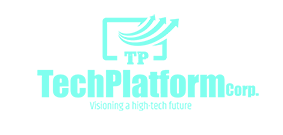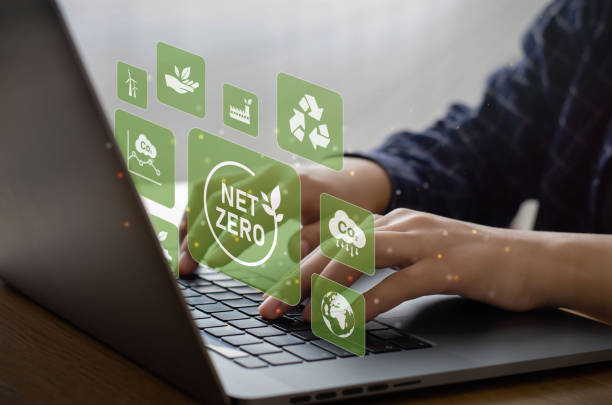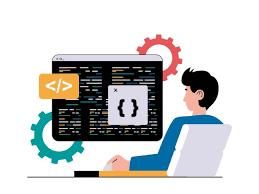.png)
.png)
Laravel
Laravel
Laravel is a popular open-source PHP web application framework known for its elegant syntax, developer-friendly features, and robust set of tools. It was created by Taylor Otwell and has gained widespread adoption for building modern web applications and APIs. Here are some key features and concepts associated with Laravel:
Eloquent ORM: Laravel includes an Object-Relational Mapping (ORM) called Eloquent, which simplifies database interactions. With Eloquent, you can interact with databases using an expressive and fluent syntax, making it easier to work with database tables and records.
Blade Templating Engine: Laravel uses the Blade templating engine, a lightweight yet powerful template system for designing views. Blade provides features like template inheritance, control structures, and includes, making it easy to create dynamic and reusable templates.
Artisan Console: Laravel comes with a command-line interface called Artisan, which provides various helpful commands for common tasks such as database migrations, generating boilerplate code, running tests, and more. Developers can also create their own custom Artisan commands.
Middleware: Middleware in Laravel allows you to filter HTTP requests entering your application. This enables you to perform tasks like authentication, logging, and modifying the request before it reaches the application's core logic.
Routing: Laravel provides a simple and expressive routing system. Routes are defined in the routes/web.php file for web routes and routes/api.php for API routes. You can define routes with associated controllers or closure functions.
Authentication and Authorization: Laravel makes it easy to implement user authentication with built-in features for user registration, login, and password reset. Additionally, Laravel includes a robust authorization system for handling user permissions and access control.
Database Migrations and Seeding: Laravel's migration system allows developers to version control database schemas and easily share database structures across development environments. Database seeding is also supported, enabling the insertion of sample or default data into the database.
Testing: Laravel comes with support for testing out of the box. PHPUnit is integrated for unit testing, and Laravel provides convenient methods for testing HTTP requests, database interactions, and more.
Dependency Injection and IoC Container: Laravel utilizes dependency injection and an Inversion of Control (IoC) container to manage class dependencies. This promotes modular and testable code by allowing developers to inject dependencies into classes rather than hard-coding them.
Laravel Mix: Laravel Mix is an asset compilation tool that simplifies the management of CSS and JavaScript assets. It provides a clean and fluent API for defining webpack build steps, making it easy to compile and minify assets.
Laravel follows the Model-View-Controller (MVC) architectural pattern, promoting a structured and organized approach to building web applications. It is well-documented, has a large and active community, and is frequently updated with new features and improvements. Laravel is suitable for projects of various sizes, from small applications to large enterprise-level systems.




